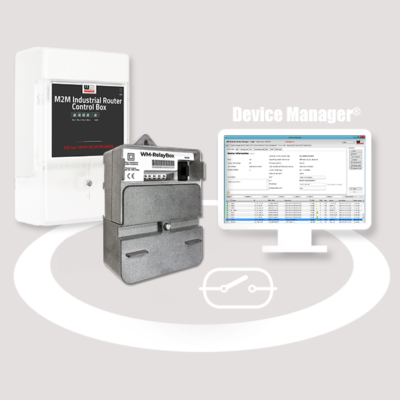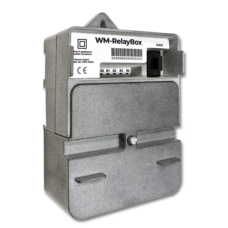Remote Control Solutions for Grid Management and Public Street Lighting
Load management is the process of controlling the demand for electricity in order to avoid overloading the grid.
 In the context of public street light management, load management can be used to reduce the energy consumption of street lights by dimming them or turning them off during low-traffic hours. This can be done through the use of timers, sensors, or other automated systems.
In the context of public street light management, load management can be used to reduce the energy consumption of street lights by dimming them or turning them off during low-traffic hours. This can be done through the use of timers, sensors, or other automated systems.
Beyond just power measurement, there are now essential tools for power quality monitoring, control, scheduling analysis, and the security monitoring.
Most electricity meters do not contain switchable relays or do not support remote switching.
Protect your investment! No need to change the currently used meters.
Adding a feature to smart meters which allows the utility and DSO to remotely turn connected devices on/off is a cost effective way to deal with this challenge.
Grid management can also be used to integrate solar farms into the grid. Solar farms generate electricity during the day, when demand is typically lower. By managing the load on the grid, utilities can ensure that solar power is used efficiently and that the grid remains stable.
Load control programs are a type of load management that is implemented by utilities. These programs allow utilities to control the electricity consumption of certain customers during peak demand hours. This can be done by offering financial incentives to customers who agree to reduce their electricity use, or by remotely controlling appliances or devices.
Load management is an important tool for reducing energy consumption and improving the reliability of the power grid. It is a key part of the transition to a clean energy future.
You can extend your Smart Metering Infrastructure with IoT Switched for a complete Grid Management.
Here are some specific examples of grid management programs for utilities and DSOs:
![]()

Protect your investment by adding extra relays to your smart meter for complete grid management